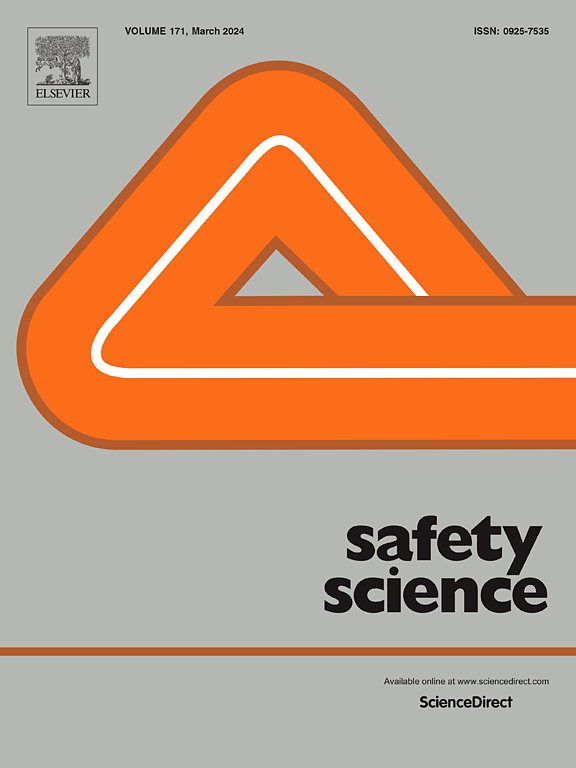Fatigue-related incidents and prevention strategies in Australian grain farming: A mixed-methods feasibility study
IF 4.7
1区 工程技术
Q1 ENGINEERING, INDUSTRIAL
引用次数: 0
Abstract
Australian farmers tend to work long hours and have few days off, leading to fatigue. Fatigue factors including longer working hours, peak seasons, reduced sleep, alcohol consumption and heat exposure, have been linked to agricultural incidents. Therefore, this feasibility study aimed to understand the impacts of fatigue on the grains industry during peak periods, gain insight into current fatigue management practices and explore the feasibility of prevention strategies from other industries. The results indicated moderate/high levels of acute fatigue, low/moderate levels of chronic fatigue and moderate/high recovery between shifts. Awareness of fatigue and its contribution to incidents were highlighted, nevertheless, a reluctance within the industry to address fatigue was expressed. Prevention strategies included regular short breaks, scheduling shifts no longer than 12 h with 10-hour intervals between, task rotation, provision of healthy meals and onsite accommodation. However, the weather, labour shortages and finances, may affect the use of these strategies. Broadening the scope to include other agricultural sectors such as beef, cotton or wool, could allow exploration of the similarities and differences regarding fatigue. Best practice measures from other industries may not be feasible in agriculture, therefore a fatigue minimisation approach is recommended. Acknowledging the existing cultural norms about fatigue, is crucial for the acceptability of prevention measures among the agricultural community.
澳大利亚谷物种植中疲劳相关事件及预防策略:一项混合方法的可行性研究
澳大利亚农民往往工作很长时间,很少休息,导致疲劳。疲劳因素包括较长的工作时间、高峰季节、睡眠减少、饮酒和高温暴露,都与农业事故有关。因此,本可行性研究旨在了解高峰期疲劳对粮食工业的影响,洞察当前疲劳管理实践,探索其他行业预防策略的可行性。结果表明,轮班之间有中度/高度的急性疲劳,低/中度的慢性疲劳和中度/高度的恢复。人们强调了对疲劳及其对事故的影响的认识,然而,业内人士表示不愿解决疲劳问题。预防战略包括定期短暂休息、安排不超过12小时、间隔10小时的轮班、任务轮换、提供健康膳食和现场住宿。然而,天气、劳动力短缺和财政状况可能会影响这些策略的使用。将范围扩大到其他农业部门,如牛肉、棉花或羊毛,可以探索疲劳的异同。其他行业的最佳实践措施可能不适用于农业,因此建议采用尽量减少疲劳的方法。认识到关于疲劳的现有文化规范,对于农业社区预防措施的可接受性至关重要。
本文章由计算机程序翻译,如有差异,请以英文原文为准。
求助全文
约1分钟内获得全文
求助全文
来源期刊

Safety Science
管理科学-工程:工业
CiteScore
13.00
自引率
9.80%
发文量
335
审稿时长
53 days
期刊介绍:
Safety Science is multidisciplinary. Its contributors and its audience range from social scientists to engineers. The journal covers the physics and engineering of safety; its social, policy and organizational aspects; the assessment, management and communication of risks; the effectiveness of control and management techniques for safety; standardization, legislation, inspection, insurance, costing aspects, human behavior and safety and the like. Papers addressing the interfaces between technology, people and organizations are especially welcome.
 求助内容:
求助内容: 应助结果提醒方式:
应助结果提醒方式:


